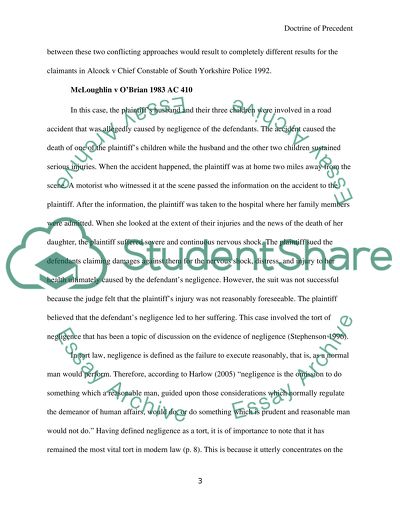Cite this document
(“Doctrine of Precedent Essay Example | Topics and Well Written Essays - 1750 words”, n.d.)
Doctrine of Precedent Essay Example | Topics and Well Written Essays - 1750 words. Retrieved from https://studentshare.org/law/1492946-whilst-the-doctrine-of-precedent-is-one-of-the
Doctrine of Precedent Essay Example | Topics and Well Written Essays - 1750 words. Retrieved from https://studentshare.org/law/1492946-whilst-the-doctrine-of-precedent-is-one-of-the
(Doctrine of Precedent Essay Example | Topics and Well Written Essays - 1750 Words)
Doctrine of Precedent Essay Example | Topics and Well Written Essays - 1750 Words. https://studentshare.org/law/1492946-whilst-the-doctrine-of-precedent-is-one-of-the.
Doctrine of Precedent Essay Example | Topics and Well Written Essays - 1750 Words. https://studentshare.org/law/1492946-whilst-the-doctrine-of-precedent-is-one-of-the.
“Doctrine of Precedent Essay Example | Topics and Well Written Essays - 1750 Words”, n.d. https://studentshare.org/law/1492946-whilst-the-doctrine-of-precedent-is-one-of-the.


